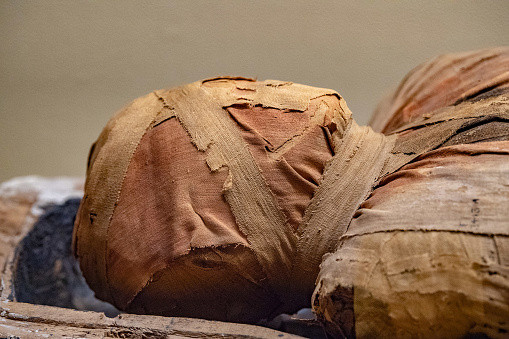
Archaeologists said on Wednesday that they have found a mummy, which is approximately 3,000 years old in Lima.
It is the latest discovery in the country that dates to pre-Hispanic times, reported Reuters.
The archaeologists were conducting a dig at the site of a rubbish dump when they found the mummy.
The mummy's skull and hair were first spotted by students from San Marcos University. They are helping with the dig.
Archaeologist Miguel Aguilar said that they had taken off eight tonnes of rubbish from the site before their search for the mummy started, as per BBC.
The historic remains are believed to go back to the times of the Manchay culture.
The Manchay, who is known for constructing U-shaped temples that are oriented towards the rising sun, lived in the area near modern-day Lima from around 1500 BC to 1000 BC.
The mummy had been kept in a tomb in the center of a U-shaped temple, said Aguilar. He also shared that the body had been laid out flat. It is associated with the Manchay culture of the "formative era." That was around 3,000 years ago.
The body found by the archaeologists was wrapped in cloth. It was made from vegetable fiber and cotton.
The person "had been left or offered (as a sacrifice) during the last phase of construction of this temple," said Aguilar.
Mummification is something that was practiced by many cultures in what is now Peru. That happened before the Spanish conquistadors arrived. They were the people who traveled to the Americas. The journey was part of the Spanish conquest.
While some mummies were buried, most in a fetal position, others were taken out. They were paraded during important festivals.
According to the Associated Press, mummies and other remains from pre-Hispanic times have been found in unusual places in the city in Peru.
While installing natural gas lines or water mains, workers have found mummies. Some of them were children kept inside large clay vessels.
Discoveries were also made by residents like Hipólito Tica. He had found three mummies of pre-Hispanic in a hole in the patio of his house.
He was mum about them for a quarter century. But in 2022, they were taken by archaeologists with permission from Peru's Ministry of Culture.
© 2025 Latin Times. All rights reserved. Do not reproduce without permission.



